Data security and privacy are key components of a data protection strategy. Both aim to ensure that data is safe and handled correctly. However, they focus on different aspects of protecting data. What are those aspects? In this article, we'll discuss how data security vs data privacy differ and their role in protecting data.
Why is it even crucial to understand the difference between data privacy and data security? Understanding how these two aspects differ and interact is important for creating an effective data protection strategy. By recognizing the distinct roles of data privacy and data security, organizations can implement required measures to effectively protect data while upholding privacy rights and complying with regulatory requirements.
Now that you know why it's important to familiarize yourself with their distinction, let's delve into data security vs data privacy differences.
What Is Data Security?
Data security refers to safeguarding personal information against unauthorized access or misuse by third parties. This involves implementing various measures, such as identity management, multi-factor authentication, or multi-device management, to ensure data integrity, availability, and confidentiality. But what is the main objective of data security?
The primary goal of data security is to safeguard sensitive and personal information from misuse, unauthorized disclosure, and access tampering, alteration, and deletion. This further helps maintain the trust and privacy of individuals and organizations.
Data Security Example
A company providing customer relationship management software encrypts all customer data, including contact details, communication records, and other personal information.
To further protect this data, the company mandates users log in using multi-factor authentication (a one-time password and a temporary code are sent to their device). These measures ensure that sensitive customer information is secure and accessible only to authorized users.
What Is Data Privacy
Data privacy, also known as information privacy, refers to the practice of handling, storing, processing, and using personal information in a manner that respects individuals' rights and complies with legal requirements. It involves ensuring that personal information is collected, used, and shared only with the data owner's consent and that it is protected from unauthorized access or misuse. But what is the main purpose of data privacy?
Data privacy aims to give individuals control over their personal information and to ensure that organizations manage this data responsibly and transparently.
Data Privacy Example
Healthcare organizations uphold data privacy by implementing strict access security controls and encryption protocols for patient records stored in their electronic health record system. This ensures that only authorized medical personnel with a legitimate need can access patient data.
Furthermore, these measures ensure the confidentiality of patient information, comply with healthcare regulations like HIPAA and maintain trust between patients and healthcare providers.
After going through the definition and example, you may have gained a basic idea about their differences. However, we've further compared them based on different criteria to provide more clarity.
Data Security vs Data Privacy: Comparison Based On Different Parameters
Below, we've differentiated data security vs data privacy in a detailed manner, which will help you clearly understand what sets them apart
1: Scope Of The Practice
When discussing data security vs data privacy, it is important to understand their distinct focuses.
- Data privacy emphasizes adherence to data protection laws and regulations such as the California Consumer Privacy Act (CCPA) in the United States and Europe's General Data Protection Regulation (GDPR). It involves managing consent from individuals, providing notice, and meeting regulatory compliance requirements related to personal data.
- On the other hand, data security emphasizes implementing technical and organizational measures to maintain data integrity, availability, and confidentiality. This includes safeguarding data from malicious attacks like hacking and preventing accidental loss or corruption.
2: Data Handling Procedure
When considering data security vs data privacy, it is crucial to understand the specific procedures each entails.
- Data privacy establishes guidelines that define the types of data that can be collected, how it should be utilized, who can access it, and the duration for which it can be retained. These guidelines include — data minimization (collecting only necessary information), purpose limitation (using data solely for the required purpose), and specifying user rights (rights to access, modify, or delete data).
- Whereas, data security includes a broad range of practices and implements different protective measures such as — encryption, network security, access control, regular security audits, and intrusion detection. These practices and measures help manage the data more effectively, thereby protecting it for potential breaches.
Note: Data security utilizes both technological solutions (such as antivirus security software and firewalls) and organizational strategies (like employee training and strict access policies).
3: Controls & Framework
When examining data security vs data privacy, the distinction between their controls and frameworks becomes clear.
- In data privacy, controls are essential tools that empower users to determine who can access their personal information and for what purposes it can be used.Its privacy framework consists of legal regulations and best practices guiding organizations in responsibly managing sensitive information. This ensures that personal data is collected, used, stored, and shared in a way that respects user privacy and complies with laws.
- Meanwhile, data security controls and frameworks protect sensitive information from threats. But how? They implement security measures, such as incident response protocols and access controls, to prevent unauthorized access and potential breaches.
Note: Incident response is crucial for data security. It prepares your IT or security team to quickly address any data breaches or security incidents, minimizing potential damage.
4: Adherence To Compliances
Understanding the difference between data security vs data privacy is crucial when adhering to compliances.
- Data privacy is about ensuring that personal information is handled in accordance with privacy regulations like the GDPR or CCPA. So, organizations need to understand and implement measures (like regularly auditing and updating systems) to meet these regulations and appoint Data Protection Officers (DPOs) to oversee legal compliance.
- On the other hand, data security is about safeguarding data from unauthorized access, breaches, and other potential threats. In this practice, organizations need to follow cybersecurity frameworks like ISO/IEC 27001, which provide guidelines for managing information security risks. Further, to adhere to such frameworks, teams need to implement security measures, such as conducting vulnerability assessments, encryptions, and authentication, to maintain defenses against cyber attacks.Note: Data privacy often requires appointing a DPO to ensure compliance with privacy laws. In contrast, data security doesn't require the involvement of a DPO; instead, it just involves implementing technical and organizational measures to protect data integrity and confidentiality.Now that you know the difference between data privacy and data security, let's determine which practice your organization needs to implement.
Which One Is Right For Your Organization?
Choosing between data privacy and data security for your organization isn't a matter of selecting one over the other. Rather, it's about creating a balance and integrating both to protect and respect personal data privacy.
This balanced approach enhances data protection and creates clients, partners, and stakeholders. When individuals know their data is handled carefully and protected against threats or unauthorized access, they are more likely to trust your organization. This trust is important for upholding strong relationships, fostering customer loyalty, and enhancing your organization's reputation.
Additionally, compliance with data privacy regulations and the implementation of effective data security measures can help avoid legal penalties and mitigate the risk of data breaches, further strengthening your organization's position.
However, to effectively implement these practices to serve their intended purpose, you need to have a proper automated tool. One such advanced solution is Zluri. What is Zluri? How does it work? Here's a quick brief.
Effectively Implement Data Privacy & Security Practices Via Zluri
Zluri offers an access management solution that helps your team protect the organization's data against unauthorized access or security breaches while meeting required privacy regulations. But how? It achieves this by managing access rights of employee(s) or user(s) within the organization. To help you understand better Zluri's approach to data security and privacy, let's go through its advanced functionalities:
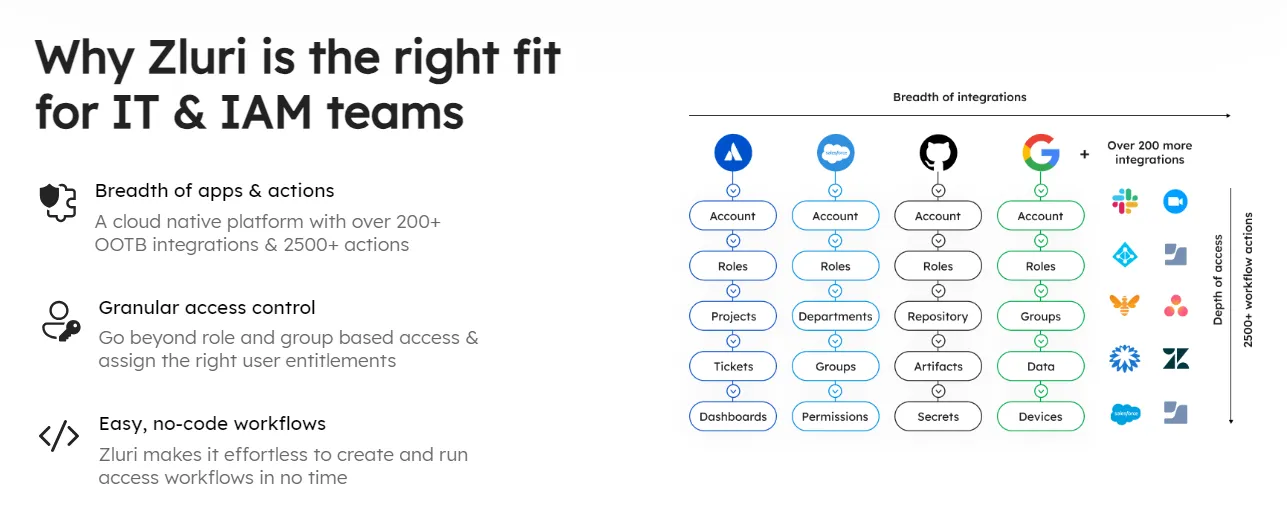
Zluri’s access management–The perfect fit for your IT teams
- Enforces Access Controls To Prevent Potential Breaches
Zluri's access management enables your team to enforce access controls across the organization, such as role-based access control, just-in-time access, the principle of least privilege, segregation of duties, and more.
This practice helps ensure only authorized users gain access to the right SaaS apps, data, and system, and nothing beyond that. Further, these security measures help prevent unauthorized access, data breaches, and the occurrence of any access gaps.
- Continuously Monitors Access Rights To Avoid Access Gaps
That's not all. Zluri's access management solution allows your team to monitor access permissions continuously. This ongoing oversight helps identify unnecessary access rights or changes made in access permissions without the IT team's notice.
If any access gaps are detected, your team can proactively address them by modifying and deprovisioning workflows to restrict and revoke unauthorized user access rights.
- Adherence With Compliance Regulations
Implementing these security measures can help you successfully meet the requirements set forth by data security and privacy regulations, such as the General Data Protection Regulation, the Health Insurance Portability and Accountability Act, and the ISO/IEC 27001 standard.
Enforcing these strategies will help safeguard sensitive or critical data and maintain stakeholder trust.
To learn more about Zluri's access management solution, book a demo now.
FAQs
Can An Organization Implement Data Security without Data Privacy?
No, effective data protection requires both data security and data privacy. Data security measures protect the data, while data privacy policies govern how that data is handled. Both are essential for comprehensive data protection.
What Is The Role Of A Data Protection Officer (DPO)?
A Data Protection Officer (DPO) oversees an organization's data protection strategy and ensures compliance with data privacy regulations such as GDPR. The DPO also serves as a point of contact for data protection authorities and individuals regarding data privacy matters.
What Are Data Security Best Practices?
Here are some data security best practices:
- Restrict internal access to data
- Secure your data with encryption
- Avoid using public Wi-Fi connections on your business devices
- Implement additional measures to prevent human errors
What Are Data Privacy Best Practices?
Here are some data privacy best practices:
- Implement appropriate consent management practices for data collection
- Retain only essential data
- Avoid storing data beyond its necessary period
- Familiarize yourself with individuals' data rights as outlined in relevant regulations
- Adhere to requests from individuals, such as objections to data sharing









.svg)



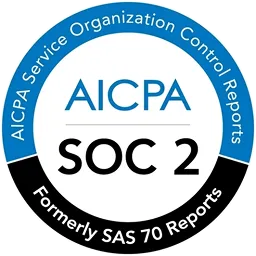

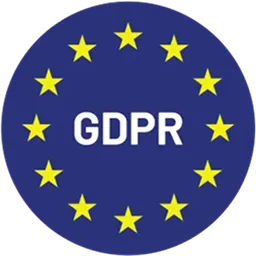
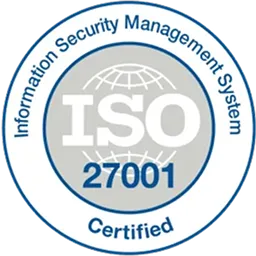
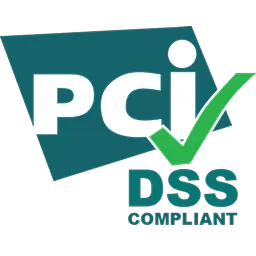
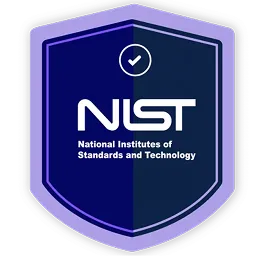
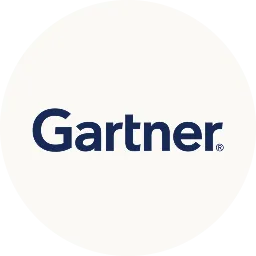


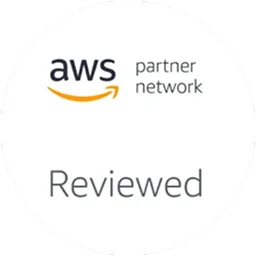








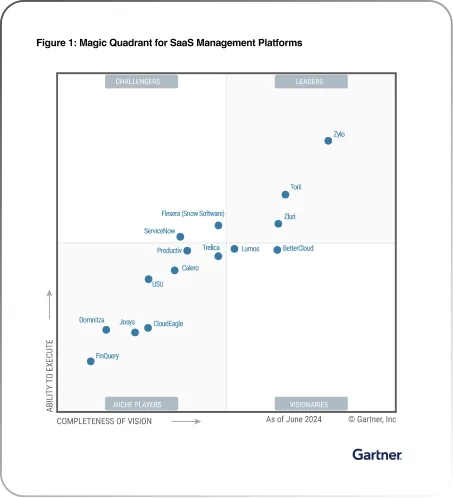







.webp)







.webp)
.webp)





.webp)